Violent Crime is Rising. What Can Cities Do?
The pandemic has had a massive impact on violent crime. Here, three Georgia State criminology experts weigh in on why it’s happening — and what we can learn.
By King Williams
By King Williams
In 2019, following a years-long decline, crime rates were flat or at all-time lows nationwide. Then the COVID-19 pandemic hit, and a very different pattern emerged. Though major crimes dropped overall, violent crime surged. Across the U.S., rates of gun violence rose by 30 percent. Nearly 5,000 additional homicides occurred in 2020 compared to 2019 — the biggest year-to-year jump in murders since 1960. Several cities reported record-high number of homicides, and non-fatal shootings went up, too.
What causes crime to rise — and fall — is a complicated question without easy answers. But recently, a group of researchers in the Andrew Young School of Policy Studies’ Department of Criminology and Criminal Justice have come together to consider the evidence-based solutions that could bring about a downturn in crime.
“We need models and frameworks to understand why crime is occurring and the evidence to predict the way it will be next week, next month and next year,” says Volkan Topalli, a professor of criminal justice at the Andrew Young School of Policy Studies who studies offenders’ decision-making.
Topalli is part of a group of Georgia State faculty working to better understand the current spike in violent crime and develop solutions to address it. Among those he’s working with are William Sabol, Distinguished University Professor of Criminology and Criminal Justice and a former director of the U.S. Bureau of Justice Statistics who researches sentencing policy and crime statistics, and Thaddeus Johnson, assistant professor of criminology and a former police captain who studies police policy, crime control and racially disparate justice outcomes. We spoke with them about the uptick in homicides and shootings, who’s really at risk and what can be done.
A group of researchers in the Andrew Young School of Policy Studies’ Department of Criminology and Criminal Justice is working to better understand the current spike in violent crime and develop solutions to address it.
From left to right: Thaddeus Johnson, assistant professor; William Sabol, Distinguished University Professor; and Volkan Topalli, professor.
A group of researchers in the Andrew Young School of Policy Studies’ Department of Criminology and Criminal Justice is working to better understand the current spike in violent crime and develop solutions to address it.
From left to right: Thaddeus Johnson, assistant professor; William Sabol, Distinguished University Professor; and Volkan Topalli, professor.
Despite the recent rise in certain violent offenses, the overall crime rate in many cities — including Atlanta — is still lower than it was 20 or 30 years ago. So why does it feel as if crime is rampant?
Topalli: If you turn on the news and see stories that fit the mantra of “If it bleeds, it leads,” it produces what we call an illusory correlation. In other words, if I see the same narrative about crime on TV every single night, I assume that that’s typical of my environment.
Sabol: People hear the numbers that homicides are up by X percent, or we’re at 100 murders for the year, and forget that it’s a city made up of half a million people. They generalize that their risk has gone up, when their risk may have not changed at all based on where they live or who they are.
Let’s talk about who is affected by violent crime. Because not all Americans are equally likely to become victims.
Johnson: Focusing on the murder tally on its own ignores the fact that the rise in violent crime is not equally distributed among communities. One thing I always say is that this ain’t new to Black folks, who are five to six times more likely to be victims of homicide compared to white folks.
In the media, Black men tend to be portrayed as perpetrators of crime rather than victims. But there were nearly 10,000 Black homicide victims last year — 28 percent more than in 2019 — and in many major U.S. cities, the spike in murders since the beginning of the pandemic has been almost exclusively among victims of color. Nationally the rise in hate crimes reached a 12-year peak in 2020. This includes a sharp increase in the number of anti-Asian hate crimes in 2019, 2020 and 2021.
Dr. Topalli, you were the accidental victim of a shooting earlier this year. How did that experience affect the way you think about your personal risk?
Topalli: I’m not looking over my shoulder. I know that what happened to me was lottery-level bad luck. I was literally in the wrong place at the wrong time. If you’re young and Black and male, you have to worry that every place is the wrong place, and every time is the wrong time.
What can cause crime to increase or become concentrated in a particular community — especially during a destabilizing event like the COVID-19 pandemic?
Topalli: There’s a confluence of factors that come together to increase risk for certain people in certain places: poverty, single family structure, lack of opportunities, high unemployment. People confuse them as causes of criminality or victimization when they are risk factors. People are subject to where they live and who they live with.
On top of that, when the pandemic set in, it destabilized regular patterns of life. Schools closed and people were sheltering in place, disconnected from their normal routines. As a result, we saw things like property crime decrease while domestic violence went up. In some ways, it destabilized the normal crime market and when that happens you often have more violence because everyone is jockeying for position. We want to interrupt crime, but it can be deadly in the process.
We’re hearing renewed calls for “broken windows” policing, which relies on a heavy use of street policing. What do we know about how aggressive policing affects crime rates?
Johnson: Some of the research that I’m doing is looking at crime rates and arrests by type of crime. We’re finding that increasing arrests does not necessarily suppress crime, and at the same time, it has a negative impact on the relationship between police and communities. Instead of saturating communities with law enforcement, we need to find the optimal cover of police. Research shows that you don’t have to make more arrests to reduce crime, but you do have to have adequate police coverage.
What’s the effect when relationships sour between the community and the police?
Johnson: When people fear law enforcement, it makes them less likely to call police and less likely to comply. What’s not clear is whether that erosion of trust influences crime. I can’t say that crime will increase but justice will suffer.
Your group says that evidence-based policing is the most effective route to reducing crime. But what does that look like in practice?
Topalli: Evidence-based policing means using research to develop a better understanding of patterns that may be contributing to crime and then evaluating the effectiveness of specific interventions. Where are the crimes happening, and where are they originating? How are people engaging in violence? And are they being victimized in the places where they live or work? We do the detective work to identify those factors, and then we work backwards to address the root causes.
Sabol: One example is an effort called focused deterrence, or “pulling levers,” which evidence suggests can have a significant impact on preventing or deterring criminal behavior, particularly violent crime. Using this strategy, law enforcement interacts directly with criminal offenders to communicate two messages: the threat of specific sanctions (the “levers”) against future criminal activity as well as incentives (like job training) for offenders who do not engage in crime.
Research shows that firearms are used in about three-quarters of homicides. Is the spike in homicides due to an accompanying spike in gun sales?
Sabol: Today the weapon of choice for resolving disputes is a gun. However, the recent spike in shootings has not been driven by a big increase in gun availability; the guns have been there, although more Americans did buy guns during the pandemic. Instead, homicides are likely tied to other things going on during the pandemic — less supervision, less guardianship, more disconnection from the community, more frustrations.
What does a rise in violent crime portend for the future? Does violence beget more violence?
Johnson: If you look at the research, you could say violence begets violence because we know that exposure to violence over time is a risk factor — not just for individuals but also communities. Unfortunately, it is simply too soon to tell if this spike in crime represents a new normal. If anyone says otherwise, they need years of more data.
Illustration by Reid Schulz

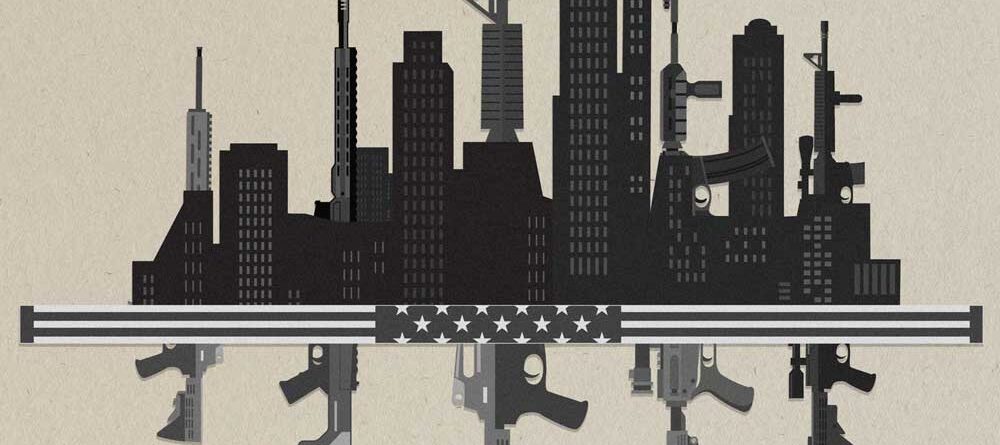


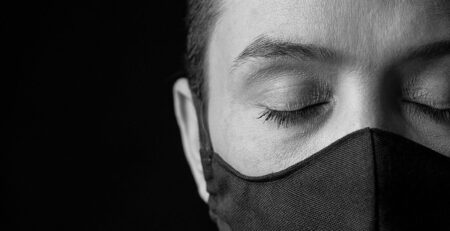
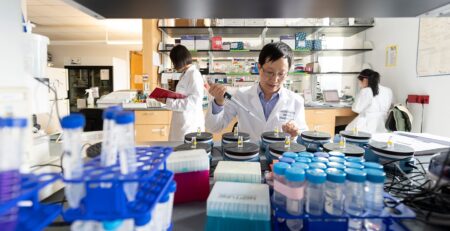
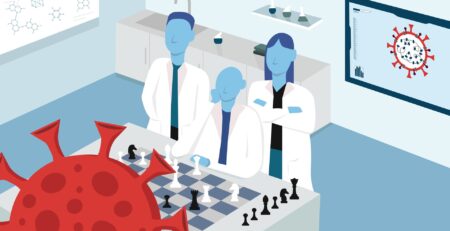

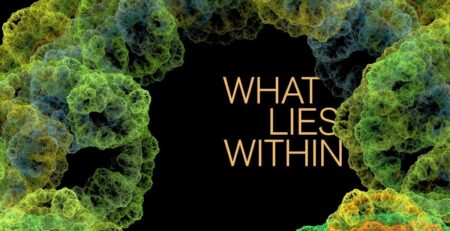



Leave a Reply